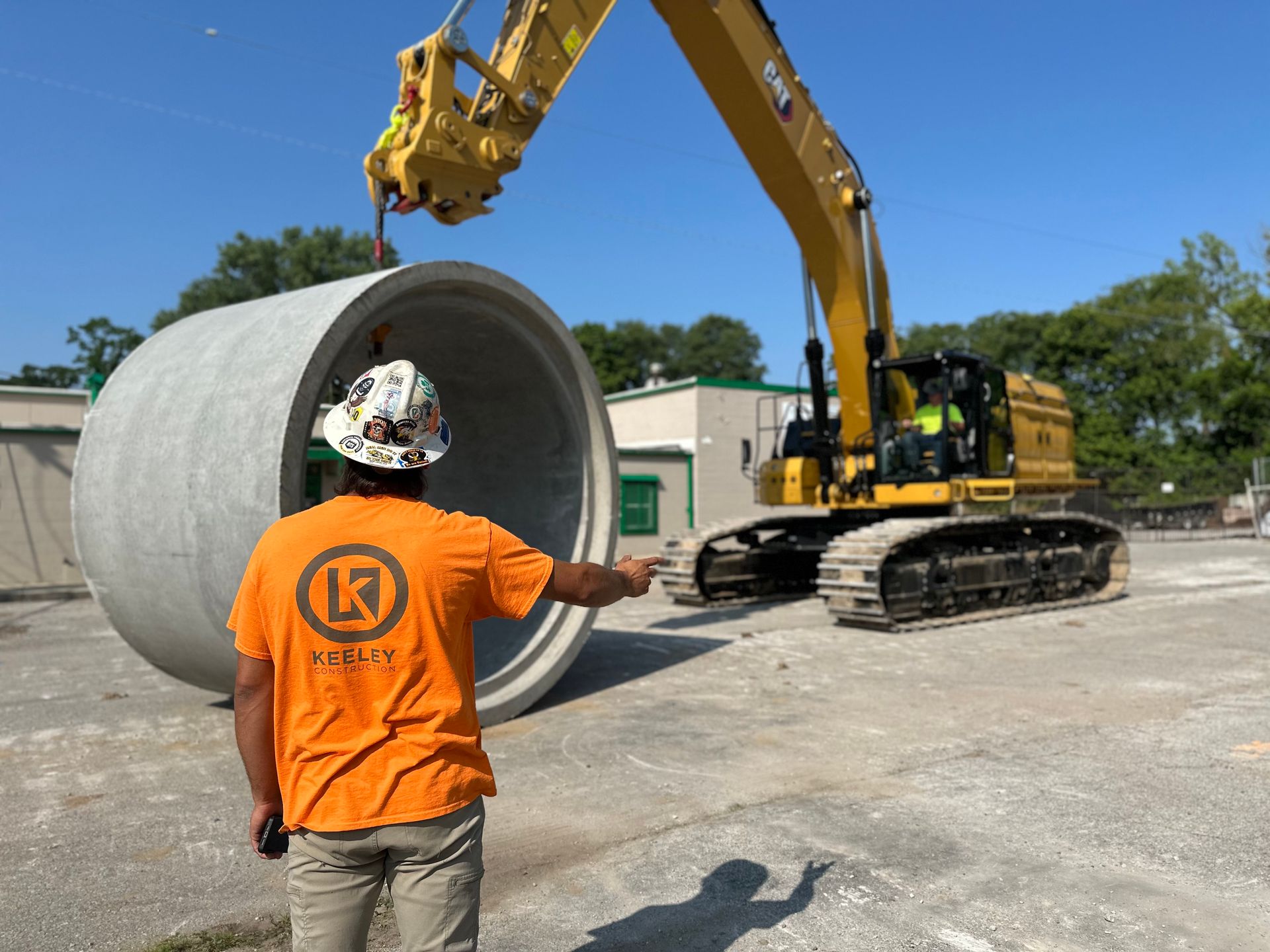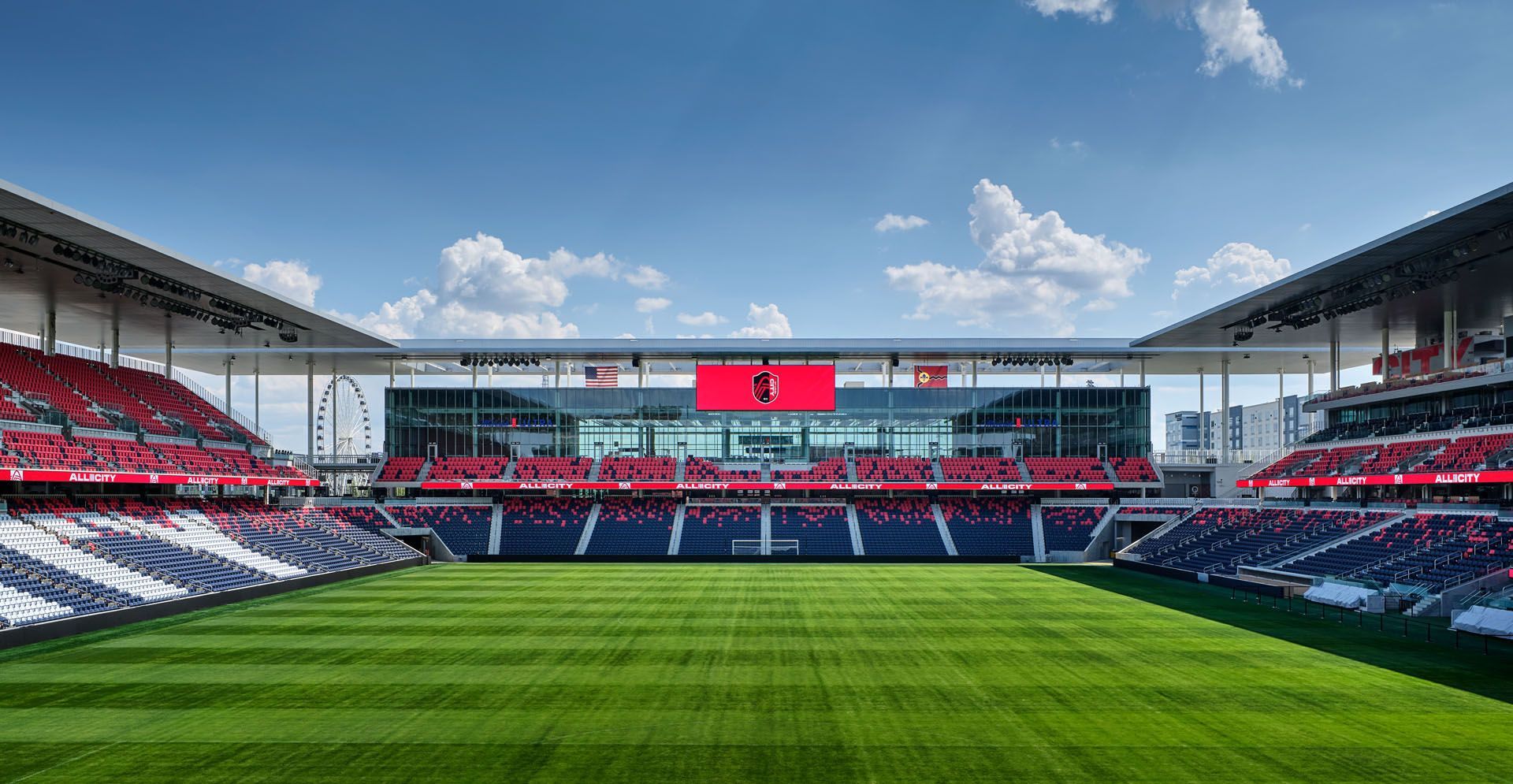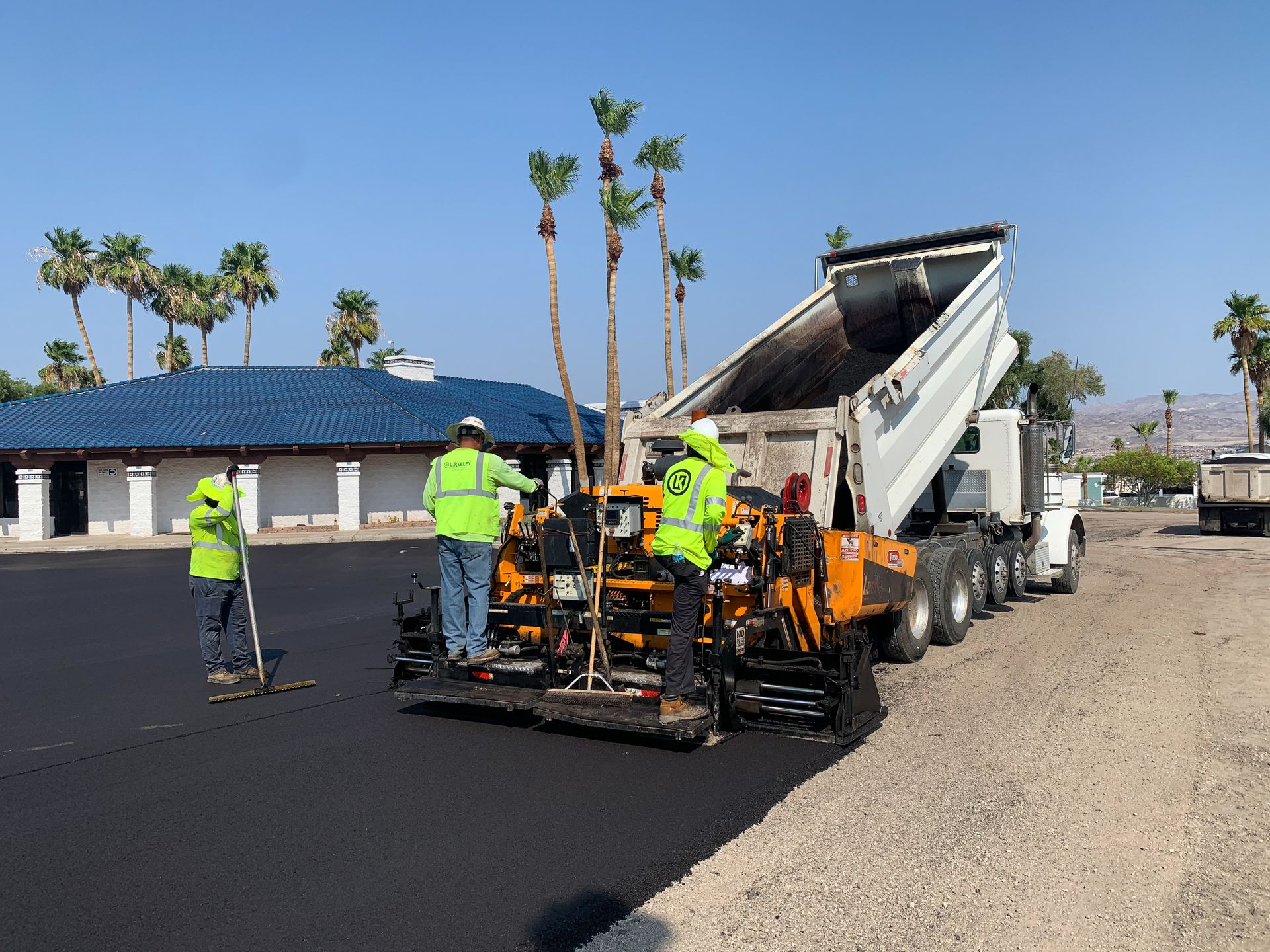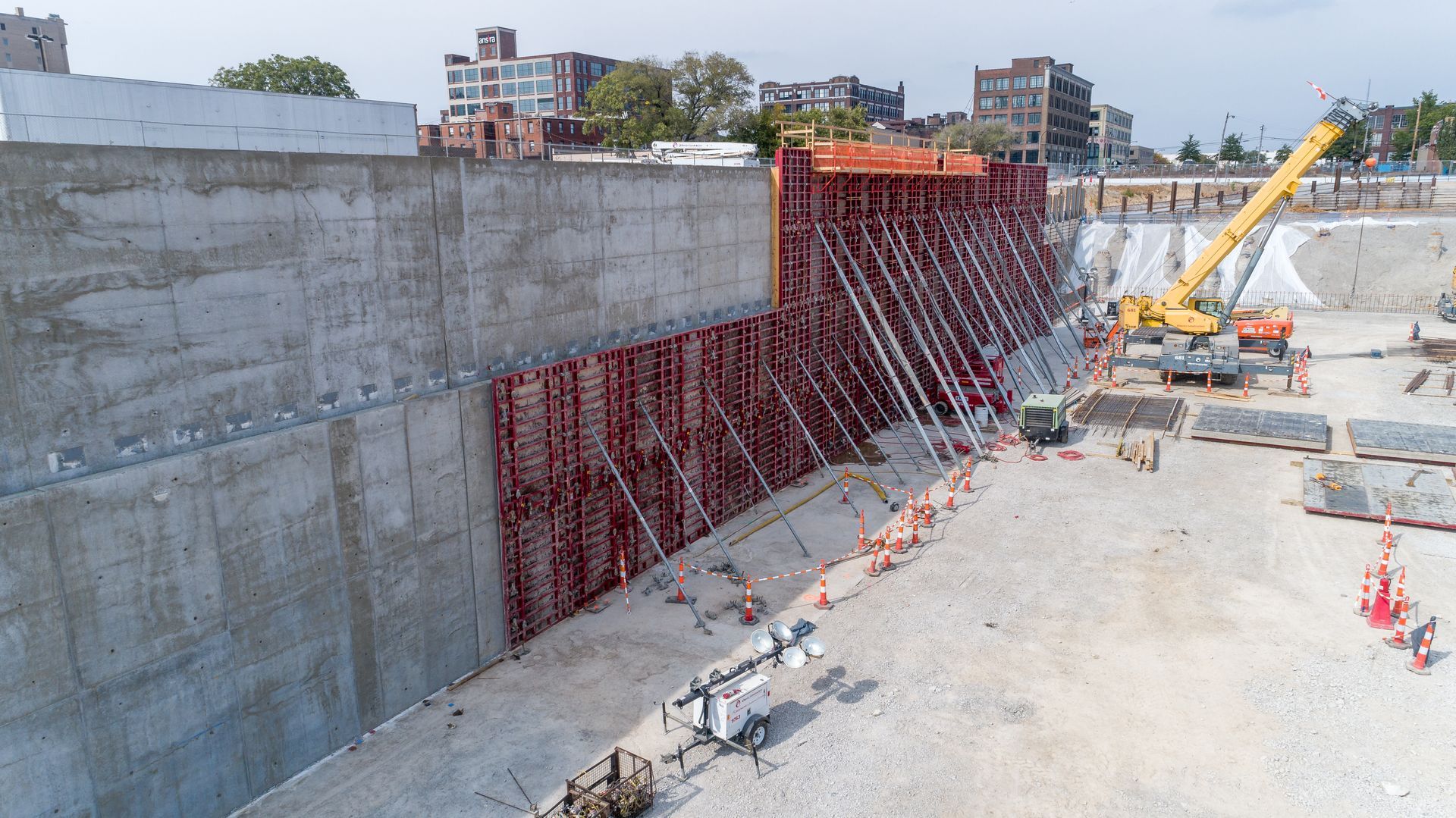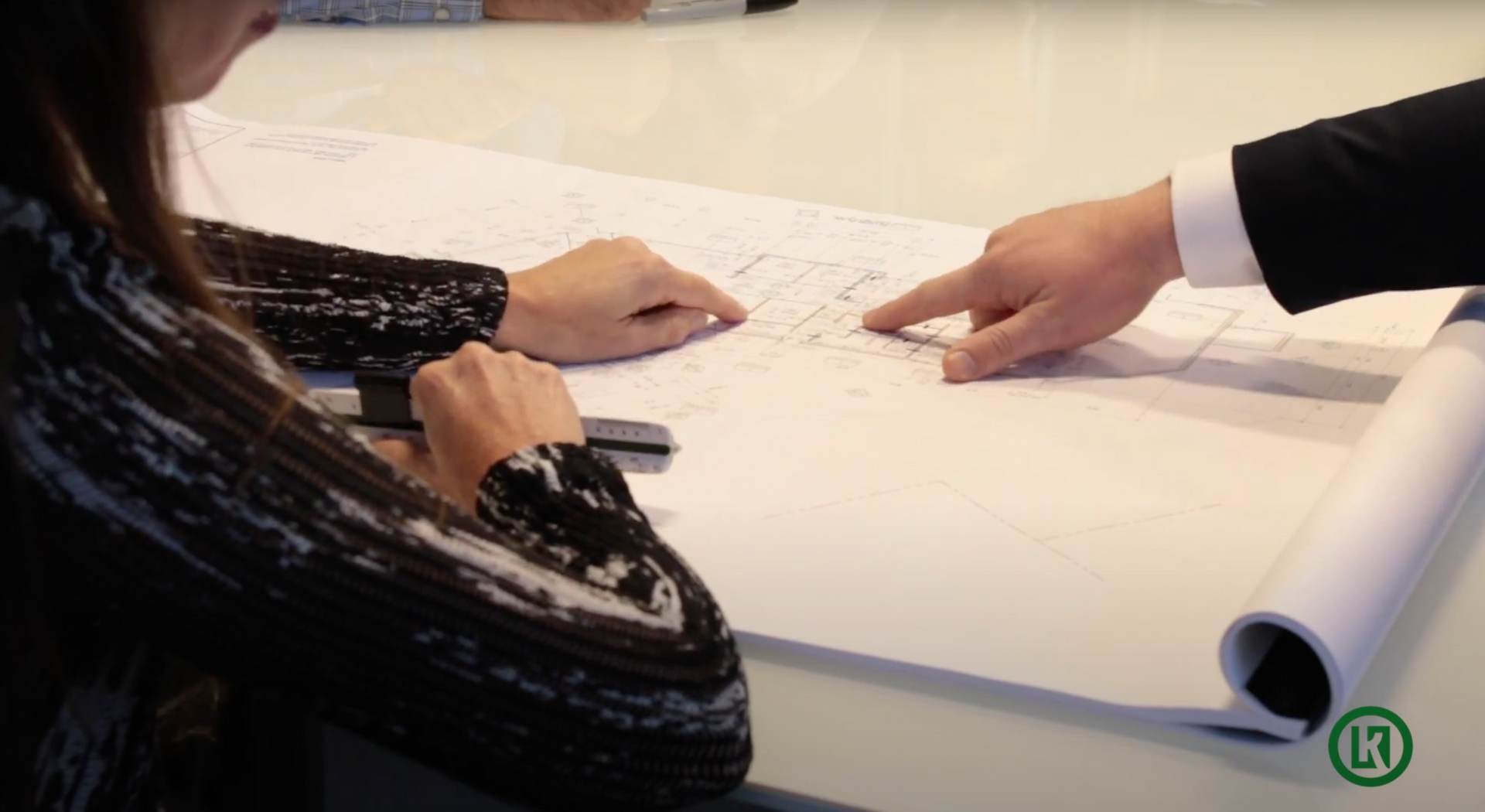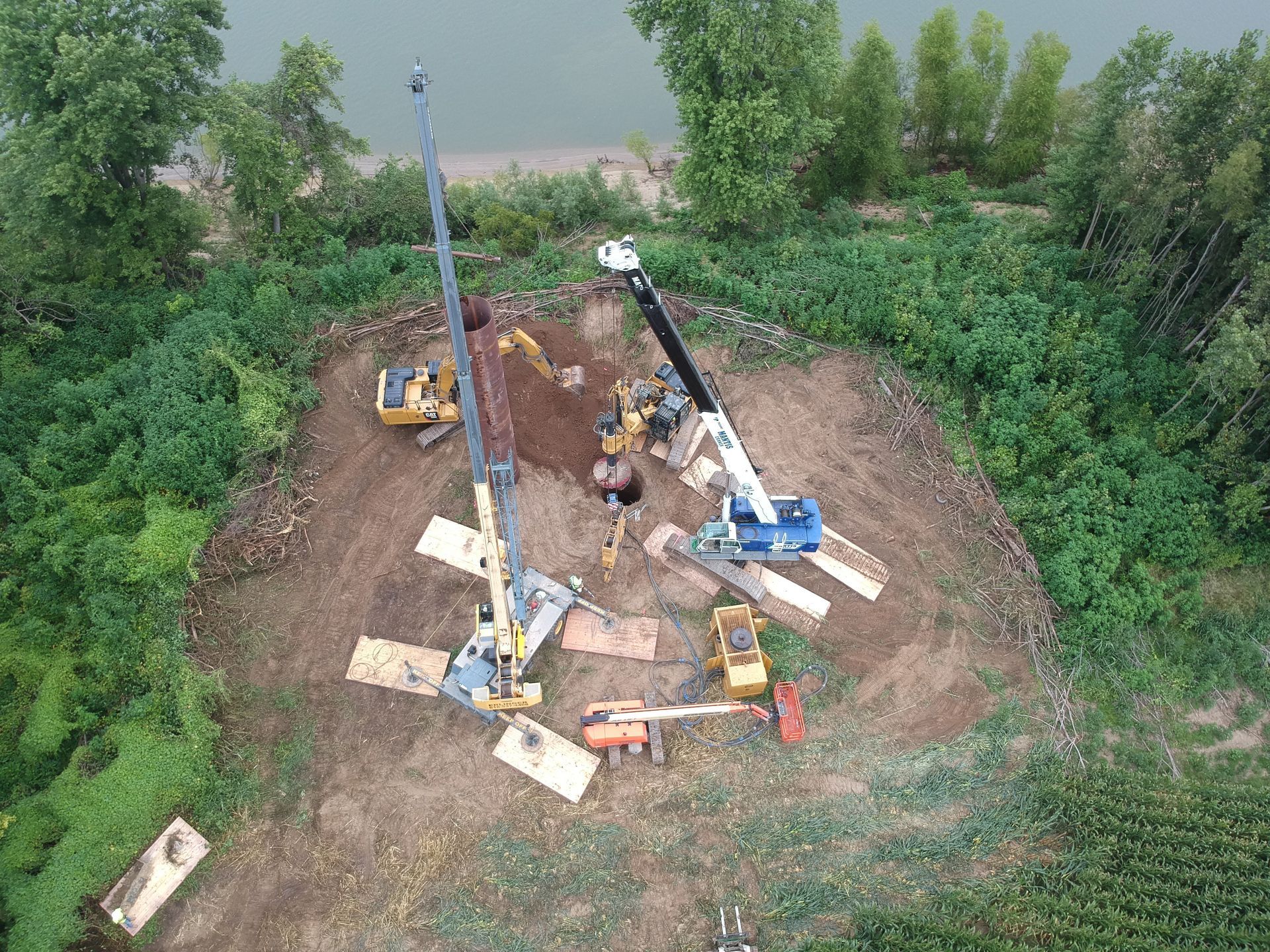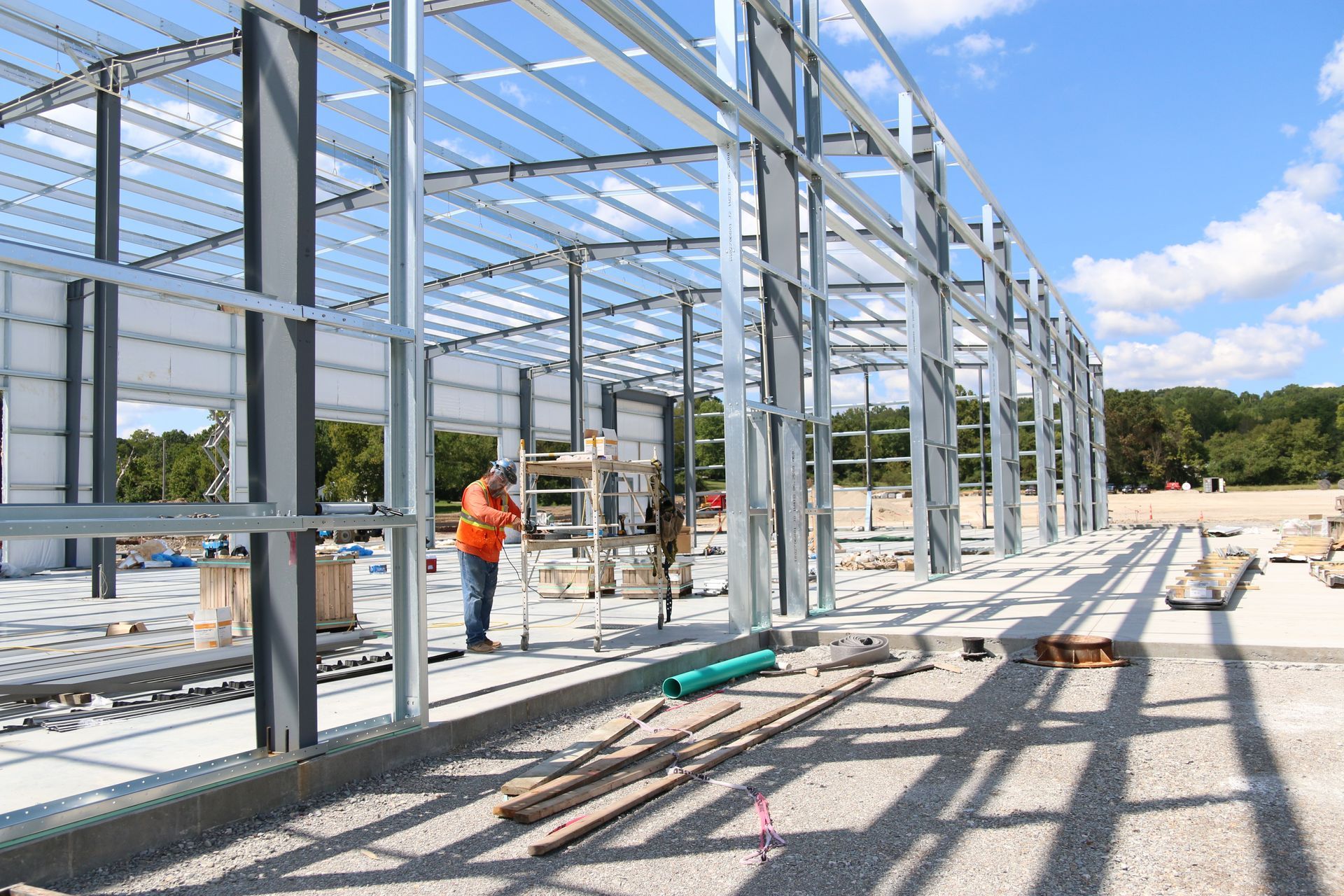Understanding the Phases of Construction: A Comprehensive Guide
Building Success Through Every Phase of Construction
The phases of construction provide a structured roadmap for transforming a vision into a finished facility. When each stage is clearly defined and carefully managed, projects stay on schedule, on budget, and meet high standards of quality.
At Keeley Construction, we approach every project with precision, proactive communication, and proven methodologies. This guide breaks down each phase of construction—highlighting key activities, decisions, and best practices that help owners, developers, and stakeholders achieve successful outcomes.
Overview of the Phases of Construction
Most construction projects follow a similar sequence that takes an idea from concept to completion:
- Pre-construction planning
- Design and engineering
- Permitting and approvals
- Procurement and buy-out
- Site preparation and mobilisation
- Construction execution
- Inspections and quality assurance
- Closeout and commissioning
Each phase has its own goals and deliverables, but all work together to maintain control of scope, schedule, cost, and quality. Understanding these stages empowers owners to make informed decisions, anticipate challenges, and keep the project on track.
At Keeley Construction, our process connects every phase through transparency, collaboration, and disciplined project management—resulting in fewer delays, reduced rework, and predictable outcomes.
Detailed Breakdown of the Construction Phases
1. Project Conception and Design
Every successful project starts with a clear objective. Keeley Construction partners with owners, architects, and engineers to define the project scope, budget, and performance requirements. We focus on constructability, sustainability, and long-term value so the design can be executed efficiently in the field.
2. Pre-Construction Planning
This is where strategy meets structure. Keeley’s pre-construction team prepares detailed cost estimates, schedules, and risk assessments. Through value engineering, logistics planning, and early trade partner engagement, we identify opportunities and constraints before construction begins.
3. Permitting and Approvals
Regulatory approvals are essential to project success. Our teams manage permit applications, coordinate with local authorities, and track review timelines to avoid delays. Early engagement helps ensure designs meet all jurisdictional requirements.
4. Procurement and Buy-Out
Securing the right materials and trade partners at the right time keeps projects running smoothly. Keeley Construction sequences procurement to match schedule needs and lead times, while leveraging strong supplier relationships to stabilize pricing and prevent supply chain disruptions.
5. Site Preparation and Mobilisation
Before construction begins, the site must be ready. Activities like surveying, temporary utilities, erosion control, and safety planning set the foundation for success. Our mobilization plans ensure crews, equipment, and materials are prepared for efficient, safe operations.
6. Construction Execution
With plans and permits in place, the project moves into active construction. Keeley prioritizes safety, quality, and schedule adherence through clear communication, daily coordination, and strong field leadership. Our experienced superintendents and project managers oversee sequencing, resource allocation, and change management to keep progress steady.
7. Inspections and Quality Assurance
Quality is verified through continuous inspection and documentation. Keeley aligns QA/QC activities with schedule milestones—testing systems, monitoring installations, and resolving issues quickly. This disciplined process ensures the finished product performs as designed.
8. Closeout and Commissioning
Closeout transitions the project from construction to operations. Keeley manages punch lists, start-up testing, and training for building personnel. We deliver as-builts, warranties, and O&M manuals so owners have everything needed for smooth, ongoing facility management.
Tips for Navigating Each Construction Phase
1. Communicate Early and Often
Consistent communication keeps everyone aligned. Establish regular meeting cadences, decision logs, and clear escalation paths. Keeley emphasizes transparency and collaboration from planning through closeout so stakeholders always have the right information at the right time.
2. Track Key Milestones
From budget validation in pre-construction to commissioning verification in closeout, monitoring milestones is essential. We help teams connect schedule impacts to cost and scope so informed decisions can be made before issues escalate.
3. Anticipate and Mitigate Risks
Scope changes, material delays, and coordination conflicts can disrupt progress. Keeley prevents these through early procurement planning, BIM coordination, and proactive scheduling. Our teams use mock-ups, first-install inspections, and robust QA/QC to minimize rework and maintain momentum.
Choosing the Right Equipment for Each Phase
Equipment selection plays a major role in project safety and efficiency. Keeley Construction integrates equipment planning into each phase—matching tools, machinery, and capacity to the project’s specific needs.
Early phases often rely on surveying equipment, earthmovers, and compaction tools. Structural and MEP phases require cranes, lifts, and precision systems, while closeout depends on testing and finishing tools.
The Role of Project Management Across Construction Phases
Strong project management connects all the pieces of a successful build. Keeley Construction’s integrated systems manage scope, cost, schedule, quality, and safety in one streamlined process.
Our teams leverage real-time dashboards, digital documentation, and standard workflows for RFIs, submittals, and change orders. This visibility helps identify challenges early and maintain accountability from design through closeout.
Best practices include:
Pre-Construction: define scope, assess risk, and validate budgets
Design: coordinate disciplines and confirm constructability
Procurement: align buy-out with lead times and cash flow
Construction: monitor performance, quality, and safety daily
Commissioning & Closeout: test systems, finalize documentation, and train users
Keeley’s disciplined project management ensures each phase runs efficiently—reducing rework, improving collaboration, and delivering predictable results.
Frequently Asked Questions
What are common misconceptions about the phases of construction?
Many assume construction phases happen strictly in order. In reality, activities often overlap—procurement may run parallel with permitting, for example. Keeley mitigates risk by coordinating schedules and maintaining transparent communication.
How long does each phase take?
Timelines vary by size and complexity, but general estimates are:
- Planning & feasibility: a few weeks to several months
- Design: 2–6 months
- Pre-construction: 4–12 weeks
- Construction: 3–18 months
- Closeout: 2–8 weeks
Keeley refines these durations during pre-construction to give owners clear expectations and updates throughout the process.
What happens if a phase is delayed?
We identify root causes—such as design changes or supply chain issues—and develop recovery plans. Keeley’s scheduling tools, supplier relationships, and pull-planning processes help regain lost time without compromising quality or safety.
Build with Confidence at Every Phase
From concept to completion, Keeley Construction delivers clarity, control, and confidence through every phase of construction. Our collaborative approach, attention to detail, and commitment to excellence ensure that every project meets its goals and exceeds expectations.
Click here to learn more about Keeley Construction!

